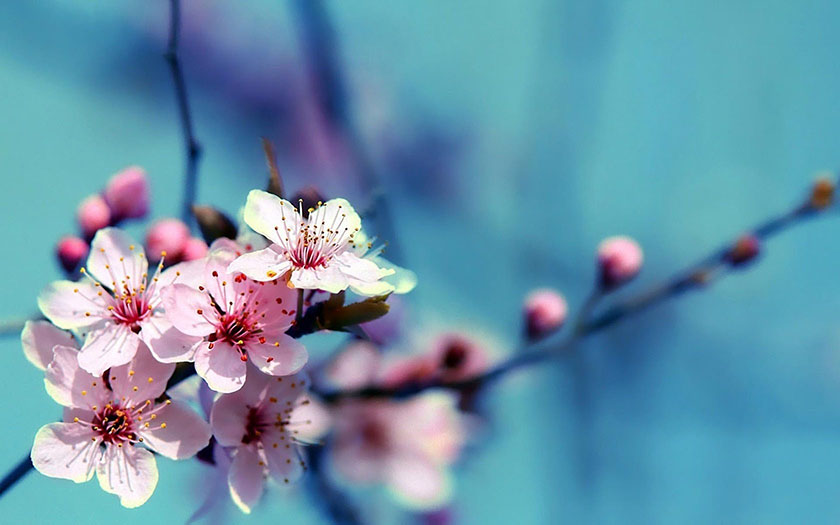At first glance, your garden may appear to be barely alive in the long, dark cold days of winter. Most of the deciduous plants will be skeletal versions of their springtime selves, the ground hard and bare where all the spring and summer perennials have rotted away, the summer grasses yellowing off…a general sense of stillness that could be mistaken for lifelessness pervades.
Appearances, as we know, can be very misleading. This period of stillness that occurs in our gardens is an essential time in the lifecycle of our plants. In fact, this dormancy allows us to enjoy many of things we consider most valuable in our gardens; foliage, flowers and fruit!
For many of the plants that originate in colder climates, winter is a time for conserving nutrients, rebuilding tissues and a whole bunch of other unseen yet essential chemical processes.
Deciduous plants typically lose their leaves; as the temperature drops the plants metabolism slows, resulting in a decrease in chlorophyll – the chemical used to turn sunlight into energy – which also gives leaves their green pigment. As the chlorophyll production stalls during the cold, the leaves of many deciduous trees, such as Liquidambar styraciflua – turn from green, to gold, to that lovely deep red we all love.
We all notice the summer grasses such as buffalo, kikuyu and couch yellowing off, with growth slowing to next to nothing. Most of us count this as a bonus of the cold weather…no mowing! These are winter dormant rhizomatous grasses and all return with renewed vigor as soon as the spring arrives.
During winter, while all but appearing dead, many trees hide their buds beneath layers of bud scales and actually need to be chilled for a period of time to cause them to burst forth into flower and foliage – cherry trees are one such tree. Bulbs are another garden favorite that require a sustained drop in temperature to promote growth. No cold, no flowers!
Apples need over a 1000 hours exposure to temperatures below 7°c to ensure the production of a hormone that initiates spring growth…no cold, no apples!
So there is magic going on quietly, beneath the cold surface in our winter gardens.


